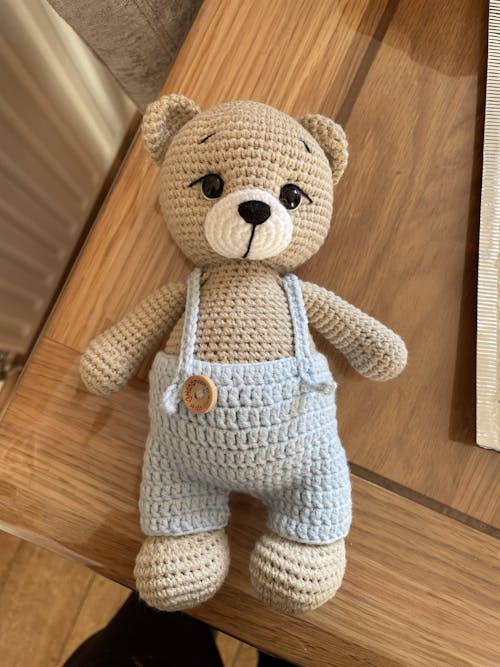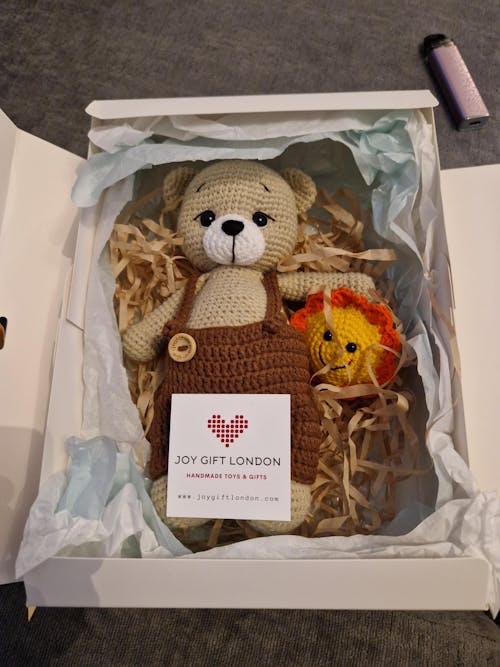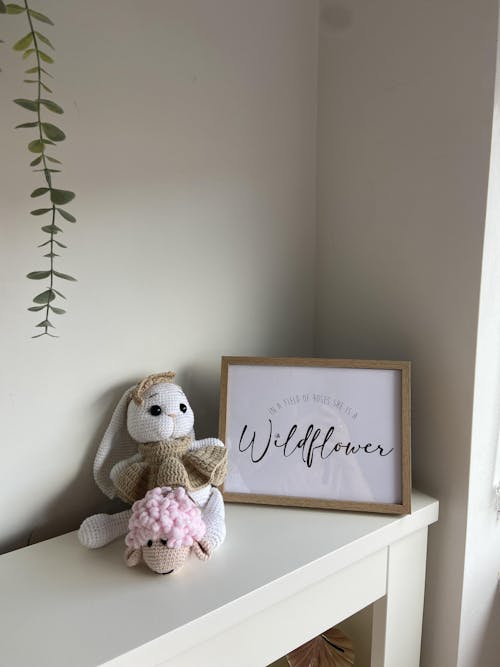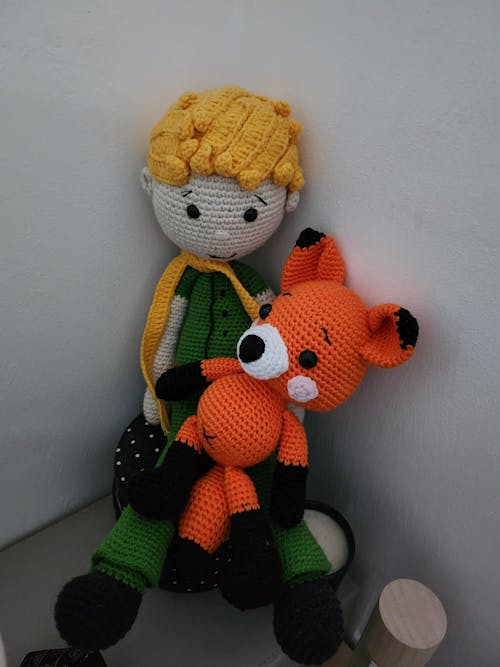Understanding Safety Certifications for Handmade Crochet Toys in the UK
Share
Introduction
As a creator of handmade crochet toys, ensuring the safety and quality of your products is crucial, especially when selling them in the UK. Safety certifications not only build trust with your customers but also ensure compliance with legal requirements. This blog post will guide you through the essential safety certifications you need to know about for selling crochet toys in the UK.
Why Safety Certifications Matter
Safety certifications ensure that your crochet toys are safe for children. They help prevent accidents and injuries caused by poor design, hazardous materials, or substandard construction. For handmade toys, these certifications are a mark of quality and reliability.
Key Safety Certifications and Standards
In the UK, several safety standards apply to toys, including handmade crochet toys. Here are the key ones you need to be aware of:
1. UKCA Marking
The UKCA (UK Conformity Assessed) marking is the UK product marking that indicates conformity with the applicable safety standards. It replaces the CE marking post-Brexit for products sold in Great Britain (England, Scotland, and Wales).
2. CE Marking
While UKCA marking is required for Great Britain, CE marking is still necessary for products sold in Northern Ireland. This ensures conformity with EU safety standards.
3. EN 71 Standards
The EN 71 series of standards outline the requirements for toy safety in the UK and Europe. Relevant parts for crochet toys include:
- EN 71-1: Mechanical and physical properties, ensuring toys do not pose choking, suffocation, or physical injury risks.
- EN 71-2: Flammability, ensuring toys do not easily catch fire.
- EN 71-3: Migration of certain elements, ensuring toys do not contain harmful levels of toxic substances.
Steps to Obtain Safety Certifications for Crochet Toys
1. Conduct a Risk Assessment
Identify potential hazards associated with your crochet toys. Consider risks such as choking, sharp points, and toxic materials. Document the steps you take to mitigate these risks.
2. Use Safe Materials
Ensure all materials used in your crochet toys are non-toxic and safe for children. This includes yarns, stuffing, and any embellishments like eyes or buttons.
3. Ensure Secure Construction
Make sure all parts of the toy are securely attached and robust enough to withstand regular use. Loose parts can pose a choking hazard.
4. Test Your Toys
Testing is crucial to ensure compliance with safety standards. Tests should include:
- Mechanical and Physical Testing: To check for small parts, sharp edges, and durability.
- Flammability Testing: To ensure the toy does not catch fire easily.
- Chemical Testing: To confirm the absence of harmful substances.
5. Documentation
Prepare a comprehensive technical file that includes:
- A detailed description of the toy
- Safety data sheets for materials used
- Test reports and risk assessments
- A Declaration of Conformity (DoC), stating the toy meets the relevant safety standards
6. Affix the UKCA and/or CE Mark
Once your toy passes all the necessary tests, you can affix the UKCA and/or CE mark to your product. The marks should be visible, legible, and indelible.
Maintaining Compliance
Maintaining compliance with safety standards is an ongoing process. Regularly review and update your risk assessments, materials, and production methods. Stay informed about any changes in safety regulations.
Conclusion
Ensuring your handmade crochet toys comply with UK safety certifications is essential for both legal compliance and customer trust. By understanding and adhering to the UKCA and CE marking requirements, as well as the EN 71 standards, you can confidently offer safe and high-quality toys. This not only enhances your brand’s reputation but also provides peace of mind to parents and guardians purchasing your products.
Additional Resources
By ensuring compliance with these safety standards, you can provide safe, high-quality crochet toys that delight children and satisfy parents.














